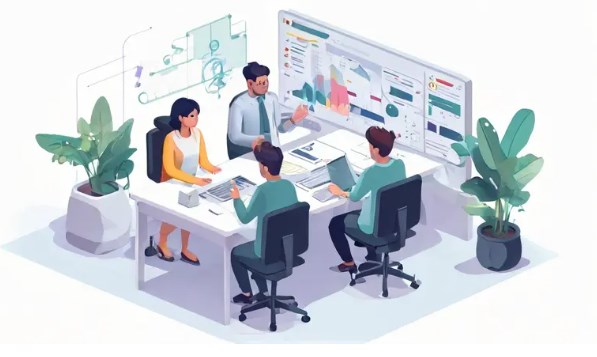WhatsApp接粉:为什么它将成为未来的趋势
你有没有想过,社交媒体的玩法正在悄然发生变化?过去几年,很多企业把重心放在了微信、微博这些平台上。然而最近我发现,越来越多的企业开始关注一个看似“低调”的工具——WhatsApp。这不仅仅是因为它的全球用户基数庞大,更因为它独特的互动方式和高效的沟通能力。
说实话,作为一个自由职业者,我经常需要通过各种方式与客户保持联系。用过WhatsApp后,我才真正感受到它的魅力。相比其他平台,这个应用不仅界面简洁,而且功能强大,特别适合那些希望快速建立信任关系的企业或个人。
WhatsApp的优势在哪里?
首先,WhatsApp是一个非常私密的平台。无论你是想推广产品还是服务,这里的用户都愿意主动添加你为好友。这种基于手机号码的连接方式,让人与人之间的距离瞬间拉近了不少。想象一下,当你的潜在客户直接给你发消息时,那种亲切感是不是油然而生?
其次,WhatsApp支持丰富的媒体形式,比如图片、视频甚至文档。如果你是一名创业者,可以通过这些多元化的展示方式,更好地向顾客介绍自己的业务。举个例子,我曾经帮助一位朋友设计了一款手工艺品宣传方案,她利用WhatsApp发送精美的产品图片以及制作过程的小视频,结果订单量比之前翻了好几倍!
当然,还有一个不可忽视的优势就是成本低。相较于传统广告投放,使用WhatsApp进行营销几乎不需要额外支出。只需要一部手机和一点创意,就能轻松开启属于自己的品牌传播之路。
如何有效运用WhatsApp接粉?
不过,光知道WhatsApp好用还不够,关键是要学会如何高效地“接粉”。这里分享几个小技巧:
- 打造专业形象:在个人资料页面上传清晰的头像,并写明你的身份或公司信息。让别人一眼就知道你是谁、做什么的。
- 定期更新状态:利用状态功能发布一些有趣的内容,比如行业资讯、生活点滴等。这样可以增加曝光率,吸引更多人来关注你。
- 及时回复消息:没有人喜欢等待太久。尽量做到第一时间回应客户的询问,哪怕只是简单的一句“您好,稍等一下哦~”也足以体现你的重视程度。
另外,我还建议大家多尝试群组聊天功能。比如说,你可以创建一个专属粉丝群,在里面分享优惠活动或者新品预告。这样的互动不仅能增强用户的粘性,还能让你更快了解他们的需求。
未来展望:企业必备技能
其实,从目前的趋势来看,数字化转型已经成为各行各业的共识。而作为其中的重要一环,掌握像WhatsApp这样的工具显然会越来越重要。尤其是对于中小企业来说,与其花大价钱做广告,不如先从培养忠实用户群体开始。
记得有次跟一位做跨境电商的朋友聊天,他提到自己刚开始用WhatsApp接单时,每天只能收到几条咨询信息;但坚持了几个月后,现在已经有了稳定的客源,每个月销售额稳步增长。听完他的经历,我真的觉得,只要方法对了,成功并没有那么遥不可及。
所以,不妨从现在开始行动吧!打开你的WhatsApp,设定一个目标,然后一步步去实践。相信不久之后,你会发现自己已经走在了这条充满机遇的新道路上😊。





